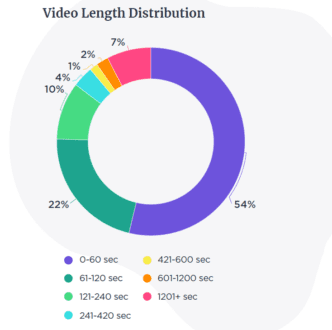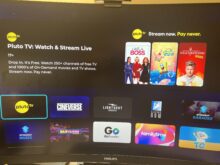Though I spend most of my time focusing on video production and encoding, I’m also fascinated by how organizations are actually using video in their day-to-day operations. So when Vidyard released their second annual Video in Business Benchmark Report (freely downloadable here) I had to give it a quick scan.
Briefly, Vidyard is a video platform for business, and the company analyzed data from more than 250,000 videos published on their platform to produce the report. Here are the items that caught my eye.
Contents
Most Videos are Product Videos
Product videos, demos, and explainer videos are the top three, with how-to/educational videos number five. Social media posts are a distant sixth. So most companies are investing in videos that teach viewers about their products, rather than fluffy brand-oriented videos. Ths makes a lot of sense, assuming you’re not a consumer-brand.
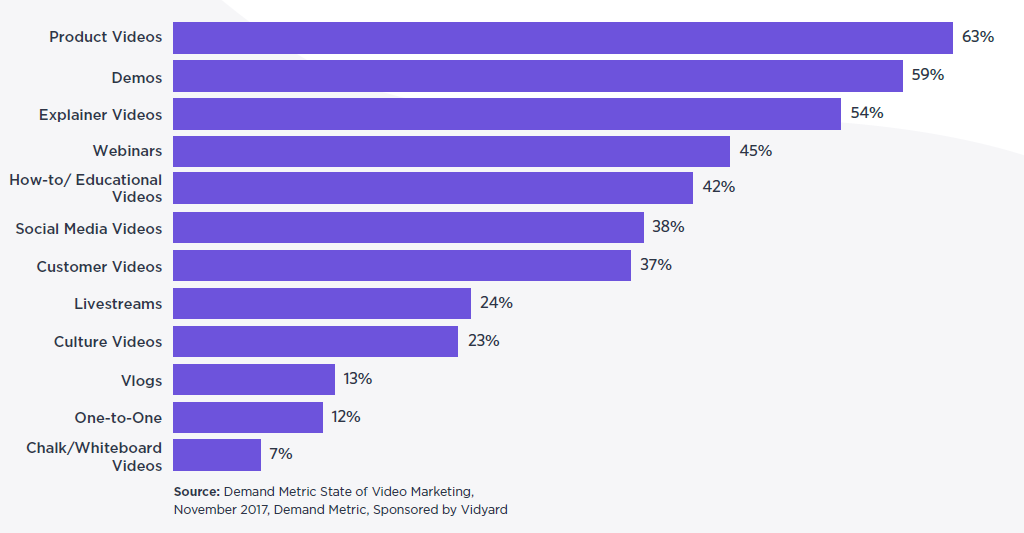 Looking at Vidyard’s excellent customer’s page, most Vidyard customers seem to be B2B companies using video to move their prospects through the sales cycle. If this is you, then the video mix above seems pretty accurate. If you’re a consumer brand, recognize that you may have different needs.
Looking at Vidyard’s excellent customer’s page, most Vidyard customers seem to be B2B companies using video to move their prospects through the sales cycle. If this is you, then the video mix above seems pretty accurate. If you’re a consumer brand, recognize that you may have different needs.
Keep it Short, Stupid (KISS)
While the average video was about nine minutes long, 75% of videos were less than two minutes. Obviously, those 60-minute webinars are dragging the average higher.
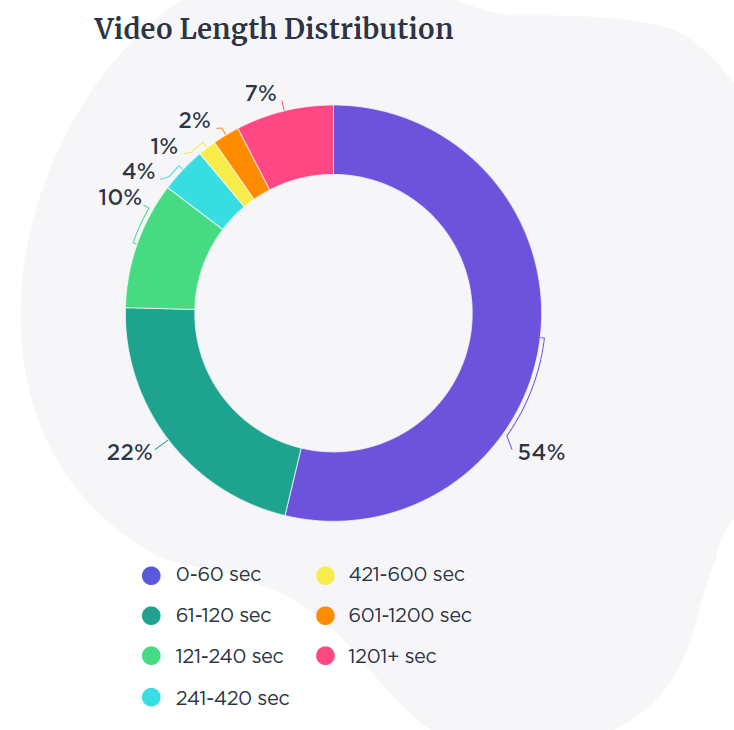 As stated in the report, “The overwhelming majority of videos—75%—are less than 2 minutes in length. This is a huge increase from last year’s 56%, suggesting that B2B video creators are taking note of shrinking attention spans, as well as shifting audience expectations, and adjusting their content to match.”
As stated in the report, “The overwhelming majority of videos—75%—are less than 2 minutes in length. This is a huge increase from last year’s 56%, suggesting that B2B video creators are taking note of shrinking attention spans, as well as shifting audience expectations, and adjusting their content to match.”
I personally think that each video should be exactly as long as it needs to be, but not a second more. I know that sounds fluffy, but the point is to understand exactly what you need the video to accomplish, and as Michelangelo might say, chip away all that’s not essential to that function.
Ten years ago, you might see 20-30 seconds of brand-related animations or other eye candy at the start of each video. You don’t need me to tell you that this is a totally bad idea.
Attention Spans are Shrinking
Speaking of attention spans, the third figure covers that. Specifically, the video shows the percentage of viewers who make it through the first ten percent, fifty percent and to the bitter end grouped by video duration. As you would expect, the shorter the video, the better the retention at all stages.
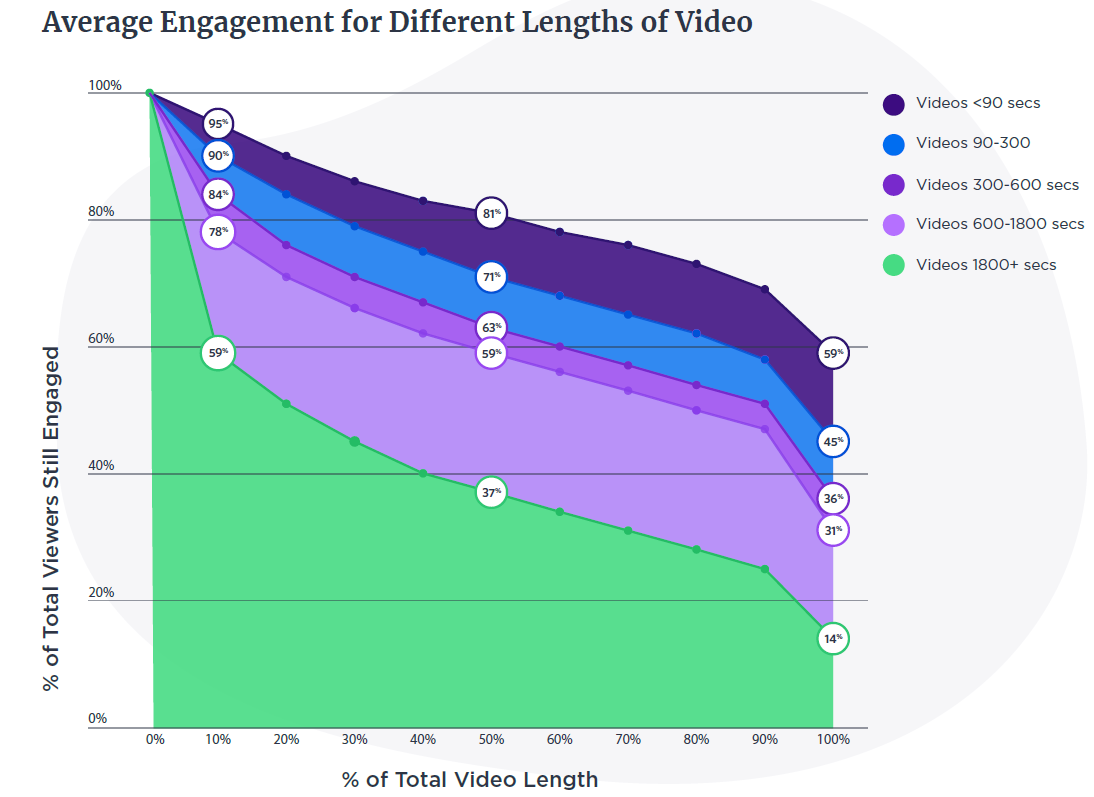 Since drop off is inevitable, it’s critical to let the viewer know why they need to watch the video as soon as possible. Interestingly, with their customer testimonial videos, Vidyard uses text headlines on the host page to tell this story (see below). That way, the video itself can follow the typical problem > solution flow used by most customer testimonials.
Since drop off is inevitable, it’s critical to let the viewer know why they need to watch the video as soon as possible. Interestingly, with their customer testimonial videos, Vidyard uses text headlines on the host page to tell this story (see below). That way, the video itself can follow the typical problem > solution flow used by most customer testimonials. 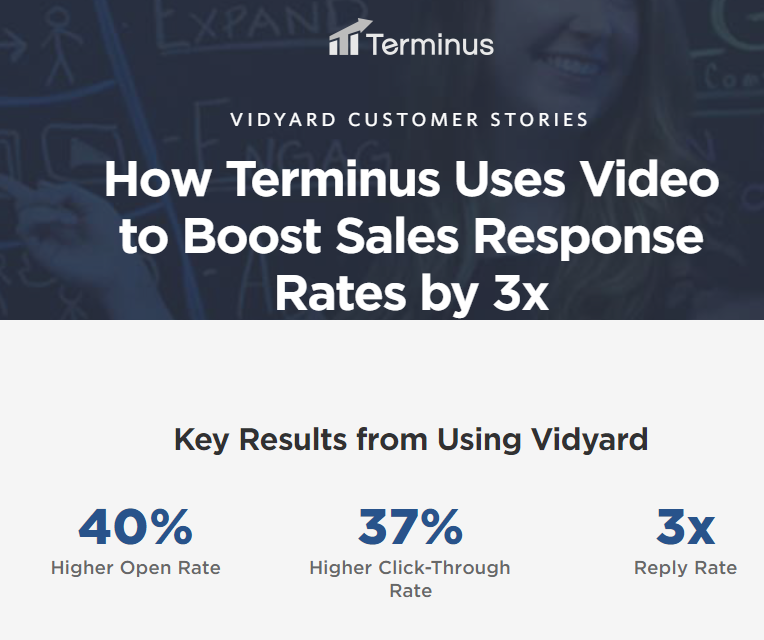 The bottom lines? Judging from the investments made by Vidyard’s customers, product-related videos help advance prospects through the sales cycle. Shorter is better, and expect viewer drop off, so make sure to communicate critical messages early in the video or via the launch page.
The bottom lines? Judging from the investments made by Vidyard’s customers, product-related videos help advance prospects through the sales cycle. Shorter is better, and expect viewer drop off, so make sure to communicate critical messages early in the video or via the launch page.
Also in the Report
Here’s a listing of the key report findings from Vidyard’s press release:
- The creation of video in business is exploding: Businesses have published 377 total videos on average and are adding 33 new videos per month (up 83% over previous year); video libraries are expected to double in size within 12 months
● It’s faster to convey your message in video: 75% of all videos published were under 2 minutes in length, compared to only 56% in the previous year
● Desktop is still king for video engagement: 89% of business video views happened on desktop computers, consistent year-over-year
● When it comes to video, it’s not the size of your business that matters: Smaller businesses are publishing as much, if not more, video content than larger counterparts
● Video usage on non-traditional channels on the rise: There has been an increase in the use of video on distribution channels such as email marketing, landing pages and sales teams
● The use of video analytics is becoming more prevalent: Those using intermediate or advanced analytics and viewer engagement data to measure performance were 2x as likely to report that returns on their video investments are improving.
Click here to download the report.
 Streaming Learning Center Where Streaming Professionals Learn to Excel
Streaming Learning Center Where Streaming Professionals Learn to Excel

